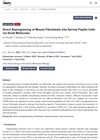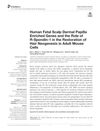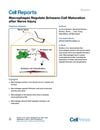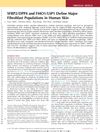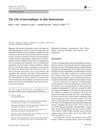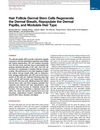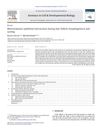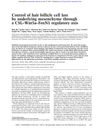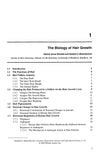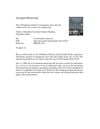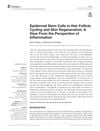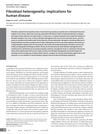A Human Prenatal Skin Cell Atlas Reveals Immune Cell Regulation of Skin Morphogenesis
October 2023
in “
bioRxiv (Cold Spring Harbor Laboratory)
”
hair follicle formation scarless wound healing skin angiogenesis skin organoid model human embryonic stem cells induced pluripotent stem cells macrophages macrophage-derived growth factors endothelial development autologous iPS-derived macrophages vascular network formation innate immune cells genetic hair disorders genetic skin disorders hair follicle development wound healing blood vessel formation stem cell-derived skin model ES cells iPS cells immune cells growth factors blood vessel development iPS-derived immune cells blood vessel network immune system cells hair disorders skin disorders
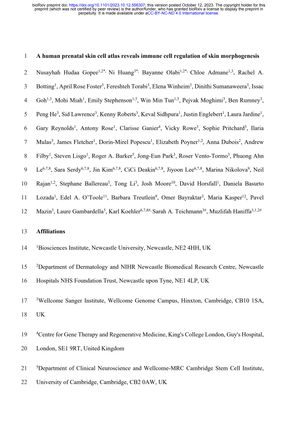
TLDR Immune cells are essential for early hair and skin development and healing.
The study presents the first comprehensive multi-omic reference atlas of prenatal human skin, focusing on the period between 7-16 weeks post-conception. It combines single-cell and spatial transcriptomic data to characterize the cellular organization of the skin's microenvironment. The findings show that interactions between immune and non-immune cells are crucial for hair follicle formation, scarless wound healing, and skin angiogenesis. The study also evaluates a skin organoid model derived from human embryonic stem (ES) and induced pluripotent stem (iPS) cells, finding that while it closely mimics epidermal and dermal components during hair follicle development, it lacks immune cells and shows reduced endothelial cell diversity and quantity. Importantly, macrophages and macrophage-derived growth factors are identified as key drivers of endothelial development in prenatal skin. The addition of autologous iPS-derived macrophages to endothelial cell angiogenesis assays and skin organoid cultures enhanced vascular network formation. This research highlights the dual role of innate immune cells in skin morphogenesis and their interaction with non-immune cells, and it uses the prenatal skin cell atlas to advance understanding of genetic hair and skin disorders.
